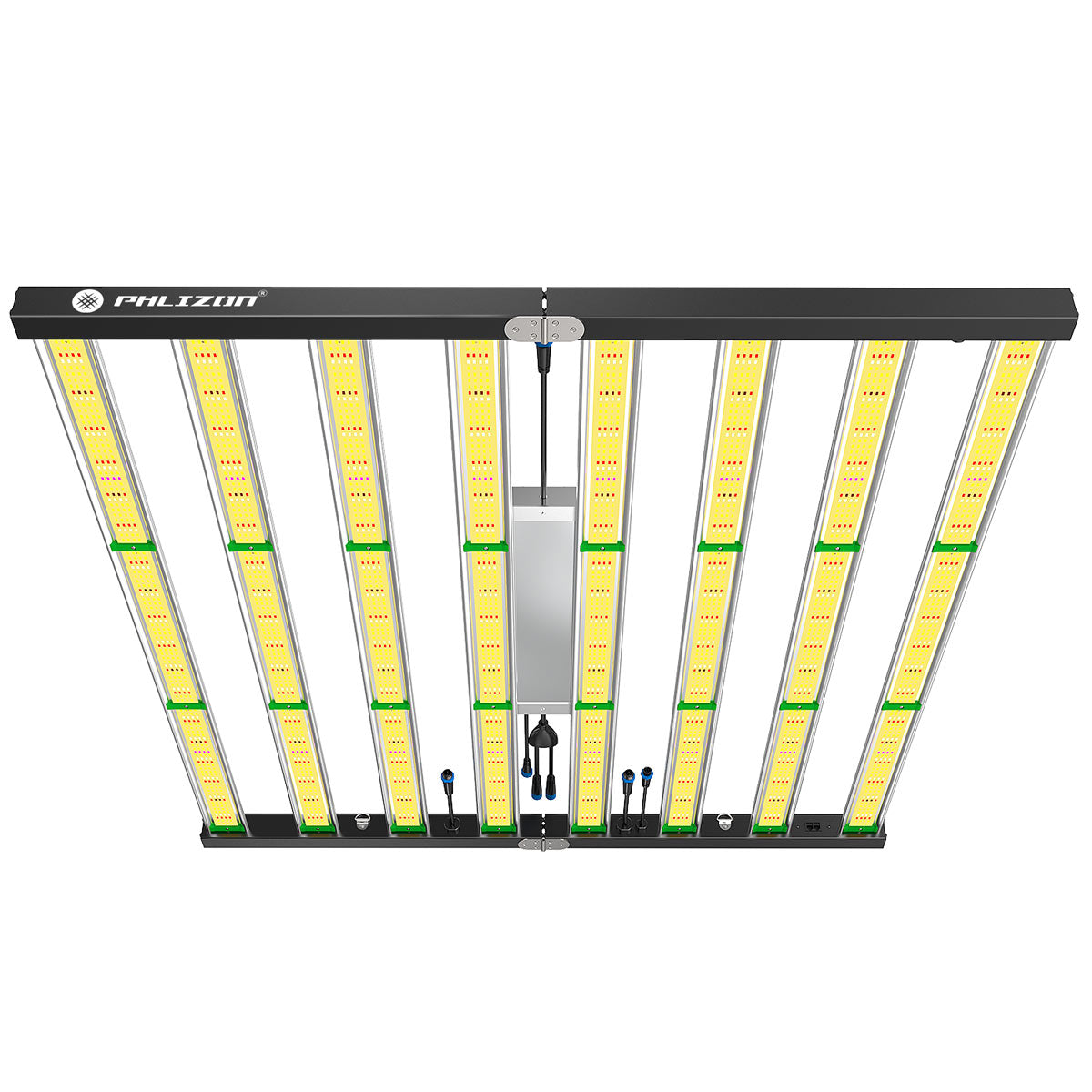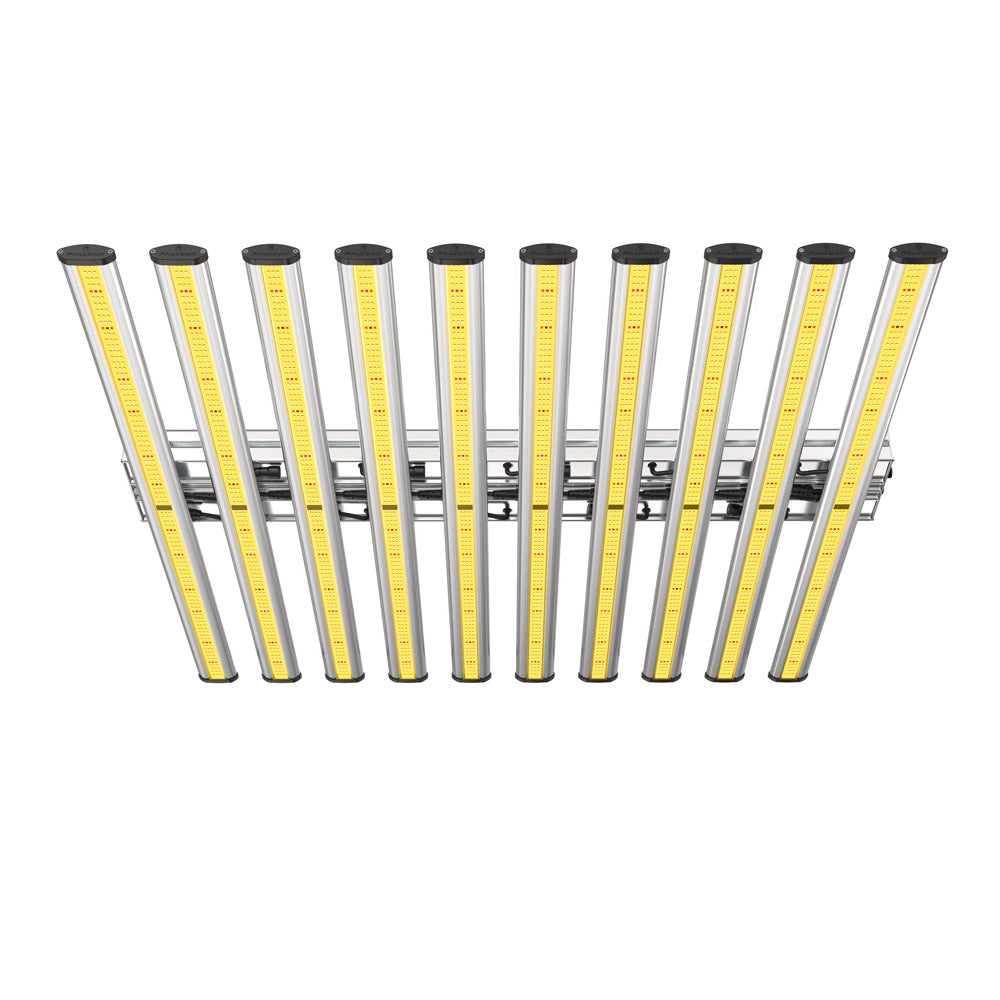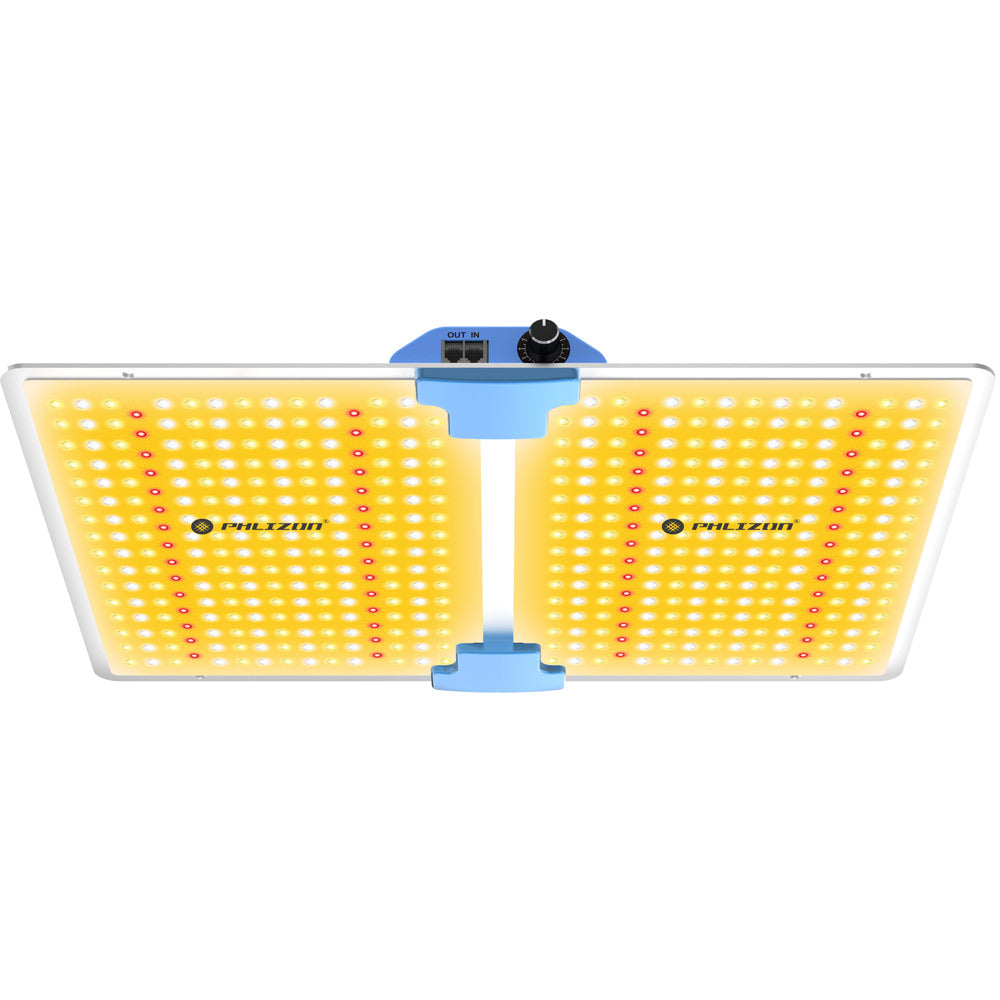Menu
Comprehensive Guide: LED Grow Lights for Indoor Succulent Plants
Is LED Grow Lights Good for Succulent Plants
LED grow lights are indeed good for succulent plants. Succulents require a minimum of 6-8 hours of bright, indirect light per day, and LED grow lights provide a suitable solution for meeting their light requirements.
LED grow lights offer several advantages for succulents compared to traditional light sources. Firstly, they emit a specific spectrum of light that can be adjusted to meet the specific needs of succulent plants, promoting optimal growth and health. LED lights also produce very little heat compared to other lighting options, reducing the risk of burning or overheating the plants.
Moreover, LED lights are energy-efficient, consuming less electricity while providing a high level of light intensity. This makes them cost-effective in the long run, both for home gardeners and commercial growers. LED grow lights are also durable and have a longer lifespan compared to other lighting options, requiring fewer replacements and maintenance.
Overall, LED grow lights are a reliable choice for succulent plants, ensuring they receive the necessary light for proper growth and enabling gardeners to create optimal growing conditions.
In conclusion, LED grow lights are highly beneficial for cultivating succulent plants. By selecting the appropriate light spectrum, intensity, duration, and providing adequate ventilation, you can successfully use LED grow lights to promote healthy growth and vibrant succulent plants.
How Choose LED Grow Lights for Succulent Plants
- Consider the light intensity: Succulent plants require high light intensity to thrive. Look for an LED grow light with a high lumen output or a wattage that is suitable for the size of your growing area. Aim for at least 2000 lumens per square foot for optimal growth.
- Check the light spectrum: Succulent plants need a light spectrum that mimics natural sunlight. Look for LED grow lights that offer a full spectrum or a combination of blue, red, and white lights. Blue lights promote compact and strong growth, while red lights encourage flowering and fruiting. Make sure the light spectrum includes UV and IR lights as well.
- Consider the size and coverage area: Choose an LED grow light that matches the size of your growing area. Check the coverage area mentioned by the manufacturer and ensure it meets your requirements. If you have a small space, a compact LED grow light might be sufficient, but for larger areas, consider a panel or bar-style light for even coverage.
- Evaluate the energy efficiency: LED grow lights are known for their energy efficiency. Look for lights with a high PAR (photosynthetic active radiation) value and a low wattage consumption. This will ensure that you provide sufficient light to your succulents without consuming excessive energy.
- Assess heat management: LED grow lights can generate heat, and succulent plants are sensitive to high temperatures. Look for lights with built-in heat sinks or cooling fans to dissipate heat effectively. This will prevent your plants from getting damaged due to excessive heat.
- Consider adjustable settings: Some LED grow lights come with adjustable settings to cater to different growth stages of succulent plants. Look for lights that have different intensity or spectrum settings for seedlings, vegetative growth, and flowering stages. This flexibility can provide optimal conditions for your plants throughout their growth cycle.
- Check for warranty and customer reviews: Before making a final decision, check the warranty offered by the manufacturer. A longer warranty period indicates the reliability of the LED grow light. Additionally, read customer reviews to get insights into the performance, durability, and overall satisfaction of other succulent growers who have used the specific LED grow light.
How Use LED Grow Lights for Succulent Plants
By considering these factors, you can make an informed decision when choosing an LED grow light for your succulent plants. Remember to tailor the light intensity, spectrum, coverage area, energy efficiency, heat management, and adjustable settings to the specific needs of your succulent species for the best results.
- Choose the right LED grow light: When selecting an LED grow light for succulent plants, it's important to consider the specific light requirements of succulents. Look for a grow light that emits a full spectrum of light, including both blue and red wavelengths. This will provide the necessary light for photosynthesis and healthy growth.
- Determine the light requirements: Succulent plants generally require at least 12-14 hours of light per day. However, this can vary depending on the type of succulent and its individual needs. Some succulents may require more or less light, so it's essential to research the specific light requirements of your succulent species.
- Position the grow light correctly: LED grow lights should be positioned above the succulent plants, allowing the light to reach all parts of the plant uniformly. Keep the light approximately 12-18 inches above the plants to prevent burning and ensure optimal light absorption.
- Set the timer: Most LED grow lights come with a built-in timer or can be connected to an external one. Set the timer to provide the recommended amount of light for your succulent plants. For example, if your succulents require 12 hours of light per day, set the timer accordingly.
- Monitor the light intensity: Succulent plants require intense light to thrive, but too much can cause damage. Monitor the light intensity by observing the plants' response. If they start to show signs of stress, such as leaf burning or color fading, adjust the positioning of the grow light or reduce the duration of light exposure.
- Maintain the appropriate distance: As your succulent plants grow, you may need to adjust the distance between them and the LED grow light. Maintain a distance of 12-18 inches to ensure adequate light coverage for the entire plant.
- Combine with natural light: While LED grow lights provide excellent supplemental light, it's beneficial to combine them with natural sunlight. Place your succulent plants near a window to receive some natural light during the day. This will provide a more balanced light source and result in healthier plants.
- Follow a consistent light schedule: Succulent plants thrive on consistency. Set a regular light schedule and stick to it. This will help maintain a stable environment for the plants and encourage healthy growth.
- Regularly monitor and adjust: Keep a close eye on your succulent plants and observe how they respond to the LED grow light. If you notice any signs of stress or lack of growth, make adjustments to the light intensity, duration, or positioning until optimal conditions are achieved.
- Provide proper care: While LED grow lights can support succulent growth, they are not a substitute for proper care. Remember to provide adequate watering, well-draining soil, and the recommended temperature and humidity levels for your succulent plants.
By following these steps, you can effectively use LED grow lights to provide the necessary light requirements for your succulent plants, resulting in vibrant, healthy growth.
Featured blog
- Choosing a selection results in a full page refresh.


















